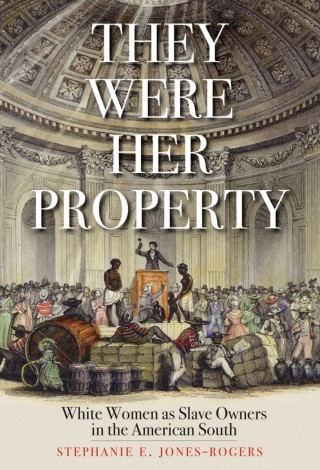ABSTRACT
The traditional historical narrative claims that White women were rarely involved in market transactions for enslaved people in the antebellum United States. Using transaction records, notary statements, and runaway advertisements, we provide the first quantitative estimates of the extent of White women’s involvement in antebellum slave transactions as owners of record.
Contrary to the narrative, we find that White women were quite frequently noted as owners of record in transactions as both buyers and sellers. White women participated in more than 30% of the transactions in the largest market for enslaved people in the antebellum era. We also find that White women were especially likely to be owners involved in transactions with enslaved women, where they were listed as owners in nearly 40% of transactions. Linking transaction participants to the census, we find that White women owners were not more likely to be widows nor were they older than women in the general population. Overall, our results are consistent with the new historical narrative that White women were ubiquitous in enslavement transactions and this was a critical part of White women’s economic activity in the antebellum era.
Introduction
The gender dynamics of American enslavement remain an active area of historical interest. The historiography has typically asserted that White women had limited involvement with enslavement as a business enterprise. While some single women were known to be active enslavers, and other women assumed the role upon widowhood or advanced age, the presumption is that coverture, the common law legal structure where married women were prevented from assuming property rights, and patriarchal social conventions shielded White women from intimate knowledge of the economics of enslavement. While White women certainly interacted with the enslaved in household management and day-to-day tasks, they are assumed not to be active owners and are also assumed to have only limited involvement in transactions. This patriarchal view was commonly thought of as a reason why Southern White women supported the institution—they were assumed to be blind to its darker side. Jones-Rogers (2019) notes that: “in the view of more than a few historians of American slavery and the domestic slave trade, this [limited involvement of White women] was especially the case when it came to the business of buying, selling, and even hiring enslaved people. These scholars claim that the nasty and unseemly business of transacting for human beings was considered ill-suited to white ladies” (p. xii).
